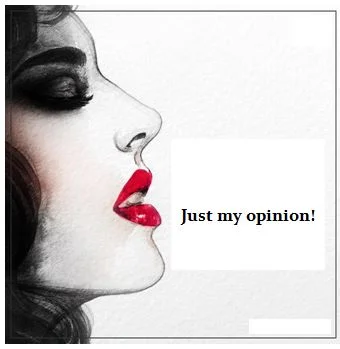On April 19, 2015 I had the privilege of presenting my play, Shell of a Man, at The Black Academy of Arts and Letters (TBAAL) in Dallas, Texas, where it was received with overwhelming support. This is the true story of a Vietnam veteran who has been fighting a battle with PTSD for 40 plus years. The play was developed over five years of interviews with the main character and most of the dialogue comes directly from his lips. The fact that the veteran is black gives depth and texture to his struggles but is not a defining plot point. Although Shell of a Man focuses on the life of one person, it is actually the story of many men who were raised in the South and/or have served in the military.
Hoping to get a professional critique, I sent the script to a dramaturg in New York. I paid for his review – something I will never do again. What he wrote set off a chain reaction that, nearly a year later, is still being discussed in my writers’ circles.
“NOTHING about Robert Logan (main character) suggests that he’s black. It’s not his views that’s the problem. It’s the way he talks.”
This supposedly savvy critic was not referring to accents/dialects since those can only be imagined when reading. However, his preconceived notions about a southern black man influenced how he thought Robert should sound and, in his opinion, Robert was too smart.
Intellectual prejudice – preconceived notions of intelligence based on geography and race -- is nothing new. In his autobiographical Narrative of the Life of Frederick Douglass (1841), Douglass, a brilliant orator and former slave, recounted how he was recruited as a speaker for William Lloyd Garrison’s Anti-Slavery Office. However, the position did not last long as Garrison thought Douglass did not talk “plantation” enough to be credible to a northern audience. Douglass’ massive effort of self-education rendered him too eloquent a speaker for anyone to believe he had been a brutalized slave.
I presented this question to other writers: “How does a black man talk?” The responses were many and varied and, definitely, eye opening. Many respondents failed to make the distinction between speech patterns and vocabulary. A few asked “Why would someone like you…” (a white woman) “… write about someone like him” (a black man). When I replied that to me Robert is not a black man; he is a man who happens to be black, some people took offense. I was criticized for not making race a priority in my relationship with him. It needs to be said that the only critical people were white, and they were most offended by me saying that I am color-blind.
My color blindness has nothing to do with eyesight. I can see a person first as a human being and still be aware of his/her ethnicity. I was raised in an inner city neighborhood in New Jersey long before words like multi-cultural and diversity became catch phrases for a generation. The family living across the street was black and each of the 10 children were my playmates. A few houses away lived the Setons. Mr. Seton was white. Mrs. Seton was black. No one ever noticed. Those of us who shared the streets – Irish, Italian, French, English, German, black and white, Christian and Jew – were just people. More importantly, we were friends.
If we focus too much on our differences, we will lose sight of our sameness. Being color blind in the way I treat people is an asset. The liability would be in thinking that color blindness makes me somehow special. Even worse would be focusing so much on color that I forget to see the person under the skin.
There is no amount of research that can adequately inform one race/ethnicity on the issues relating to another. It matters not whether you have lived in the south all of your life or if you are in a bi-racial relationship or if you have “lots of black friends”—a popular qualifying statement. If someone has not lived the life, they just cannot fully know or understand the battles being fought.
This is the same discussion I have with my writing students about rape. I encourage them not to use that scenario in their stories because what they write are media images not actual events. They are inclined to re-create the physical aspects, which are never accurate and are often less important than the emotional aspects. My daughter, a rape survivor, tells audiences that the only time she was not afraid was while she was being assaulted. She knew what was happening then and used that time to plan her escape. It was the before and after that terrified her. Unless you have been on the receiving end of violence, you cannot understand that concept.
So it is with race. I will never know what it was/is like to be black. I am grateful that I had Robert to guide me while writing Shell of a Man. It is not my voice being heard in the dialogue. It is his voice. I take no credit for capturing “authenticity” but I, obviously, did since so many in the audience at TBAAL and at subsequent productions asked how it was I knew what they had experienced.
For me, the biggest mistake is for an author (or anyone) to think they know what it is like to be someone else. No amount of time or intimacy can put one person in another person’s shoes. I also feel it is a great mistake to make a person’s ethnicity more important than their humanity. Writers need to be especially careful not to let their personal prejudices influence the stories they tell. The entire human race would be wise to follow suit.
Donna Carbone is the Executive Director/Playwright in Residence at the Palm Beach Institute for the Entertainment Arts. Please visit PBIEA at: pbinstituteforentertainmentarts.com
